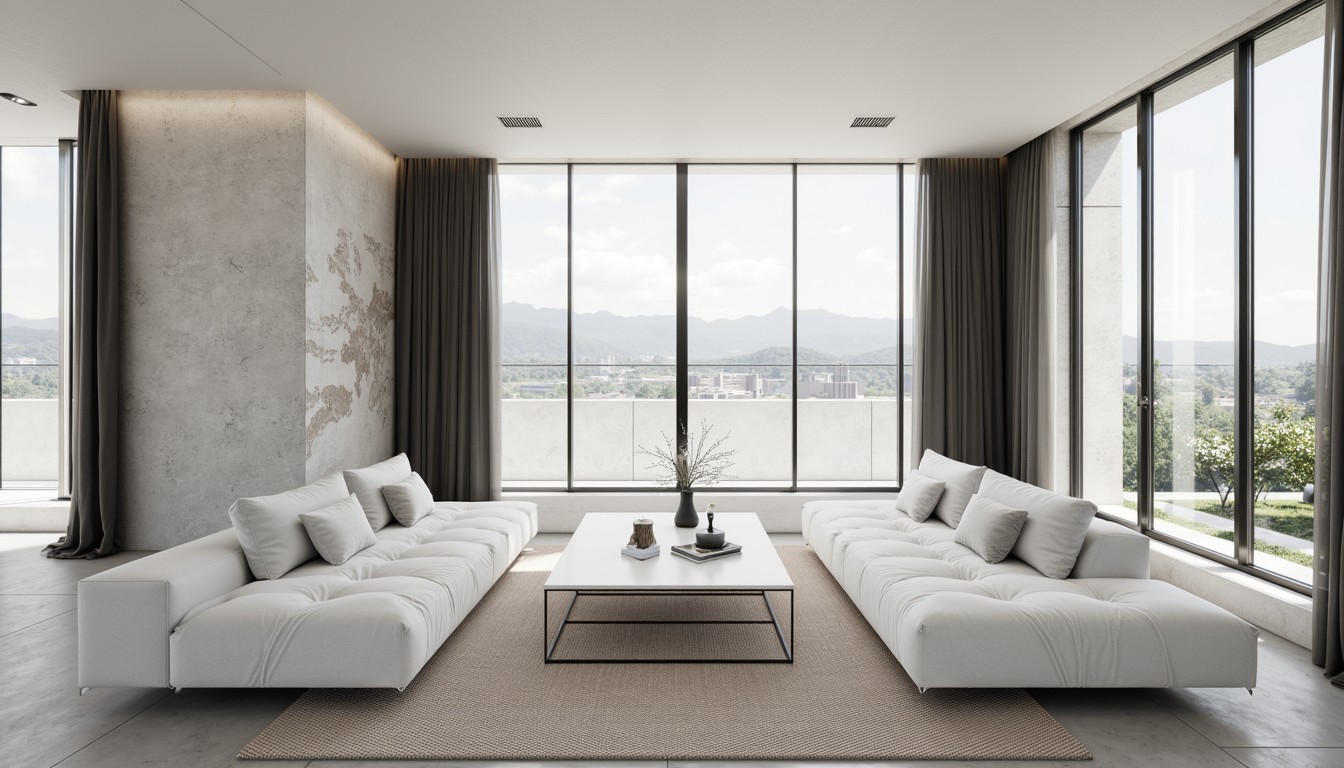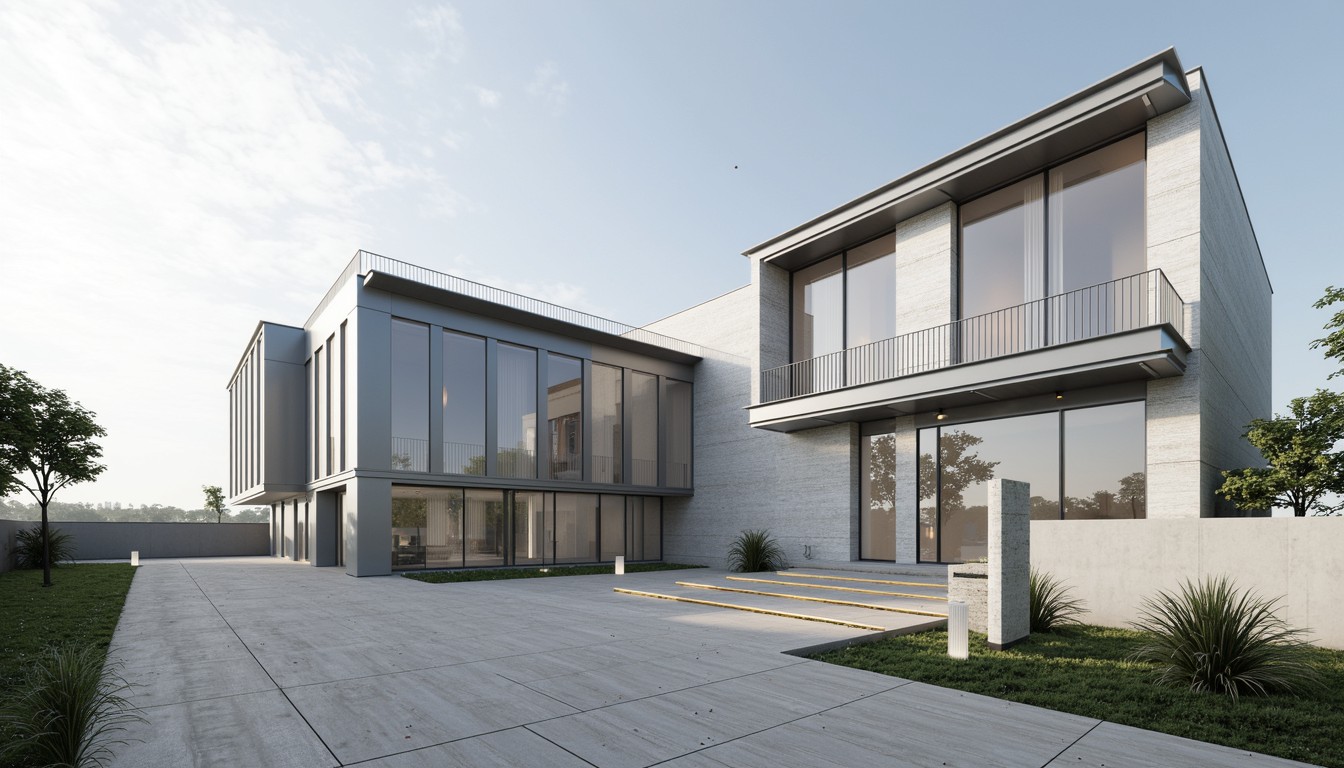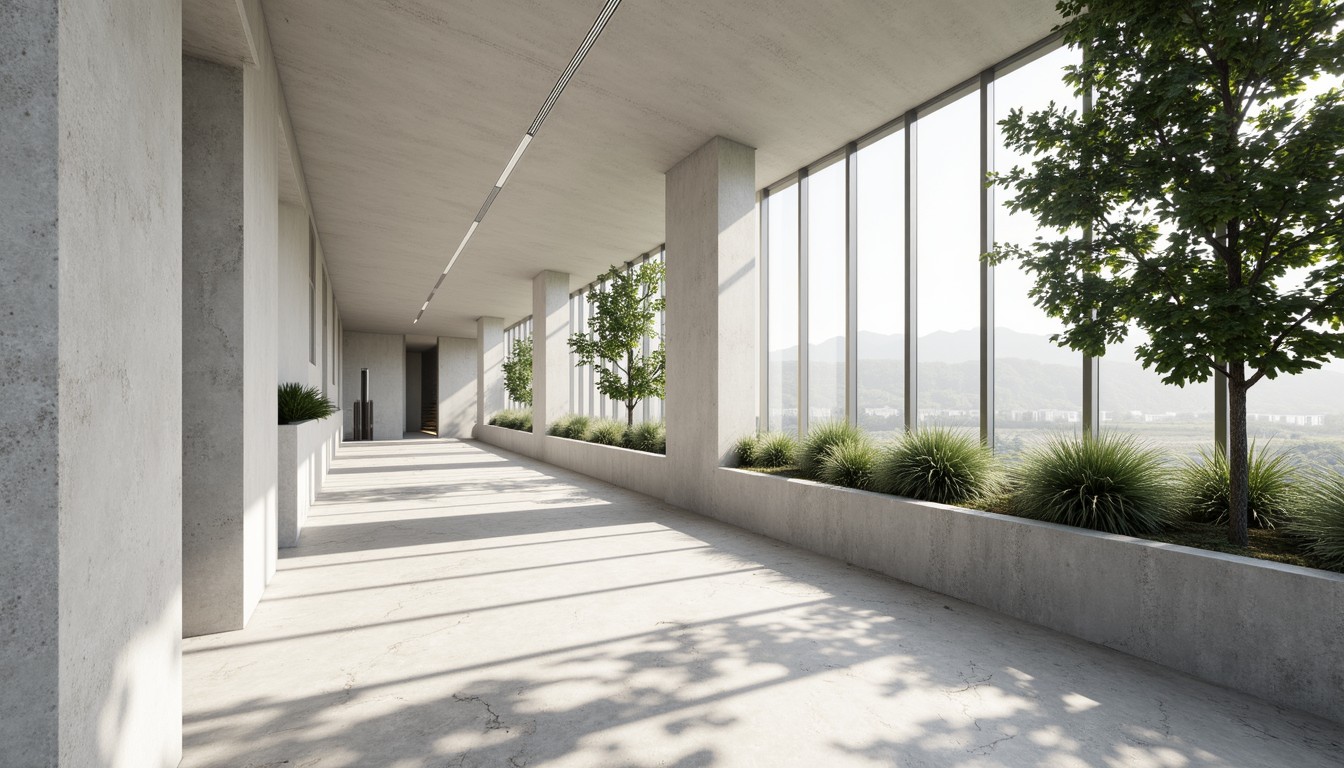VR in Architecture: Designing Tomorrow's Spaces
The architectural landscape is undergoing a dramatic transformation, driven by technological advancements that are reshaping how we design, visualize, and experience built environments. At the forefront of this revolution is Virtual Reality (VR), offering architects and designers unparalleled opportunities to create, collaborate, and communicate their visions with unprecedented clarity and impact.
Immersive Design: Beyond the Blueprint

Traditional architectural blueprints and 2D renderings, while essential, often fall short in conveying the true scale, spatial relationships, and overall atmosphere of a design. VR bridges this gap by providing an immersive, interactive experience. Architects can step inside their digital creations, walk through spaces, examine details, and make informed design decisions based on a far more intuitive understanding of the project.
Imagine experiencing the flow of natural light in a building before a single brick is laid, or feeling the spatial dynamics of a complex atrium – this is the power of VR in architectural design. It allows for the early detection of potential design flaws, leading to more efficient and cost-effective project development. This immersive design process translates to a higher quality final product, better aligned with the client's vision and expectations.
Enhanced Client Collaboration: A Shared Vision
Client communication is a crucial aspect of any architectural project. VR offers a revolutionary approach to client presentations and collaboration. Instead of relying on static images or complex technical drawings, architects can guide clients through a virtual walkthrough of their future spaces, fostering a shared understanding and enhancing the client's emotional connection with the design.
This interactive approach allows for real-time feedback and design iterations, significantly streamlining the approval process and minimizing costly revisions. Clients can explore different design options, make informed choices, and feel confident in the final product, fostering a stronger client-architect relationship built on trust and mutual understanding.
Real-World Applications of VR in Architecture

The applications of VR in architecture extend far beyond visualization and client presentations. Here are some key examples:
1. Interior Design and Space Planning:
VR allows interior designers to experiment with different furniture layouts, material choices, and lighting schemes in a virtual environment. This iterative process ensures optimal space utilization and aesthetic appeal, minimizing the need for costly physical mockups.
2. Urban Planning and Development:
VR can be utilized to simulate entire urban landscapes, allowing planners to visualize the impact of new developments on existing infrastructure and communities. This facilitates better decision-making and ensures a more sustainable and integrated approach to urban growth.
3. Construction and Building Management:
VR can be integrated into construction management to provide workers with a detailed 3D model of the building, enhancing safety and efficiency on-site. It can also be used for training purposes, simulating various scenarios and procedures in a safe and controlled environment.
4. Accessibility and Universal Design:
VR allows architects to test the accessibility of their designs for people with disabilities. By virtually navigating the space in a wheelchair or with impaired vision, designers can identify and rectify accessibility issues early in the design process.
Choosing the Right VR Technology for Your Architectural Practice
Several VR technologies are available for architectural applications, each with its own strengths and limitations. The choice depends on factors such as budget, project requirements, and the level of detail needed. High-end VR systems offer immersive experiences with photorealistic visuals, while more affordable solutions provide a good balance between cost and functionality.
Selecting the appropriate hardware and software is crucial for maximizing the benefits of VR in your architectural workflow. ArchNav offers expert guidance in selecting the best solutions tailored to your specific needs.
The Future of VR in Architecture

The future of VR in architecture is bright. As technology continues to evolve, we can expect even more immersive and realistic experiences, with greater integration of other technologies such as augmented reality (AR) and artificial intelligence (AI). This convergence of technologies will lead to more efficient, collaborative, and innovative design processes, shaping the built environment of tomorrow.
ArchNav: Your Partner in VR Architectural Visualization
At ArchNav, we are at the forefront of leveraging VR technology to elevate architectural design. Our team of experienced professionals utilizes cutting-edge software and hardware to create stunning and immersive VR experiences that transform the way architects and clients visualize and interact with their projects. We offer a comprehensive range of services, from initial concept design to final walkthroughs, ensuring a seamless and efficient VR integration into your architectural workflow.
Contact us today to learn more about how ArchNav can help you design tomorrow's spaces with the power of virtual reality.
